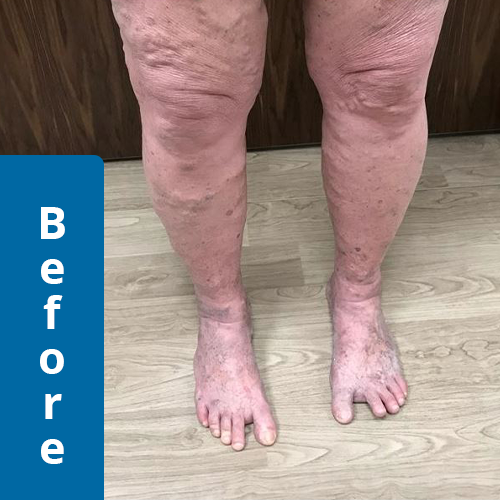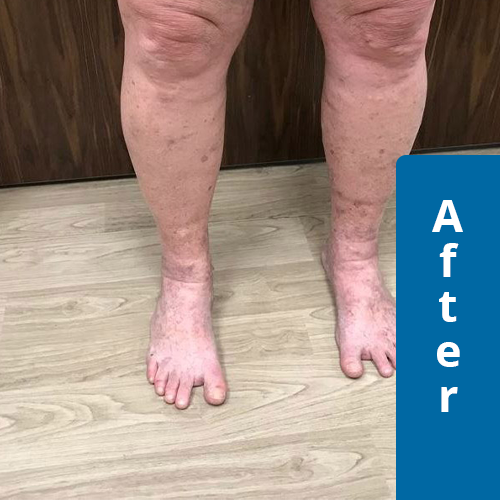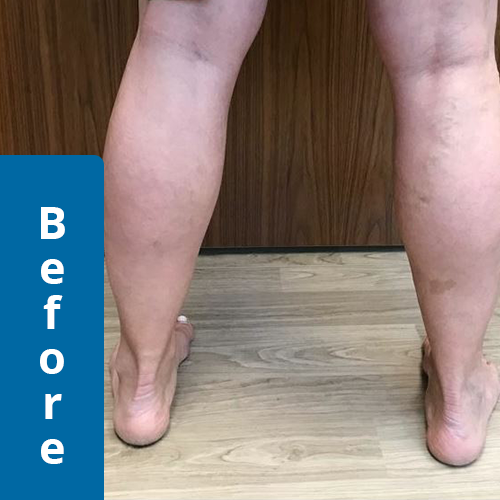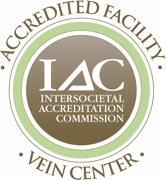Endovenous Laser ablation is an alternative to traditional surgical excision or “stripping” of specific underlying veins that are the source of varicose veins and venous insufficiency.
Endovenous laser treatment, also known as Venacure® (AngioDynamics, Inc., Queensbury, N.Y.) has become a widely accepted procedure with an excellent success and low complication rate. It is performed in an “office” setting under local anesthesia and works by heating the inside of the valve-incompetent vein, which causes it to seal shut and disappear. You will be in the office for approximately 1½–2 hours.
During this technique a very thin laser fiber is inserted into the damaged underlying vein with incompetent valves. The fiber is then advanced under duplex ultrasound guidance to the upper end of the abnormal vein. Local anesthesia is then delivered to the entire vein and the fiber with an 810 or 980 wavelength diode laser heats the inside of the vein as it is slowly withdrawn back down the vein. The only visible site on the surface of the skin is a small puncture site about the size of an IV catheter.
After endovenous laser treatment, the venous blood re-routes through the remaining normal (valve-competent) veins to more efficiently circulate blood back to the heart and reduce the abnormal high venous pressure in the legs. Because they are no longer under high sustained pressure, patients quickly experience significant improvement in their leg discomfort and varicose veins generally decompress and disappear spontaneously. Any prominent veins that persist can easily be treated by minimally invasive microphlebectomy or sclerotherapy. Possible side effects of endovenous laser treatments include skin numbness, blood clots and phlebitis and vein inflammation.








